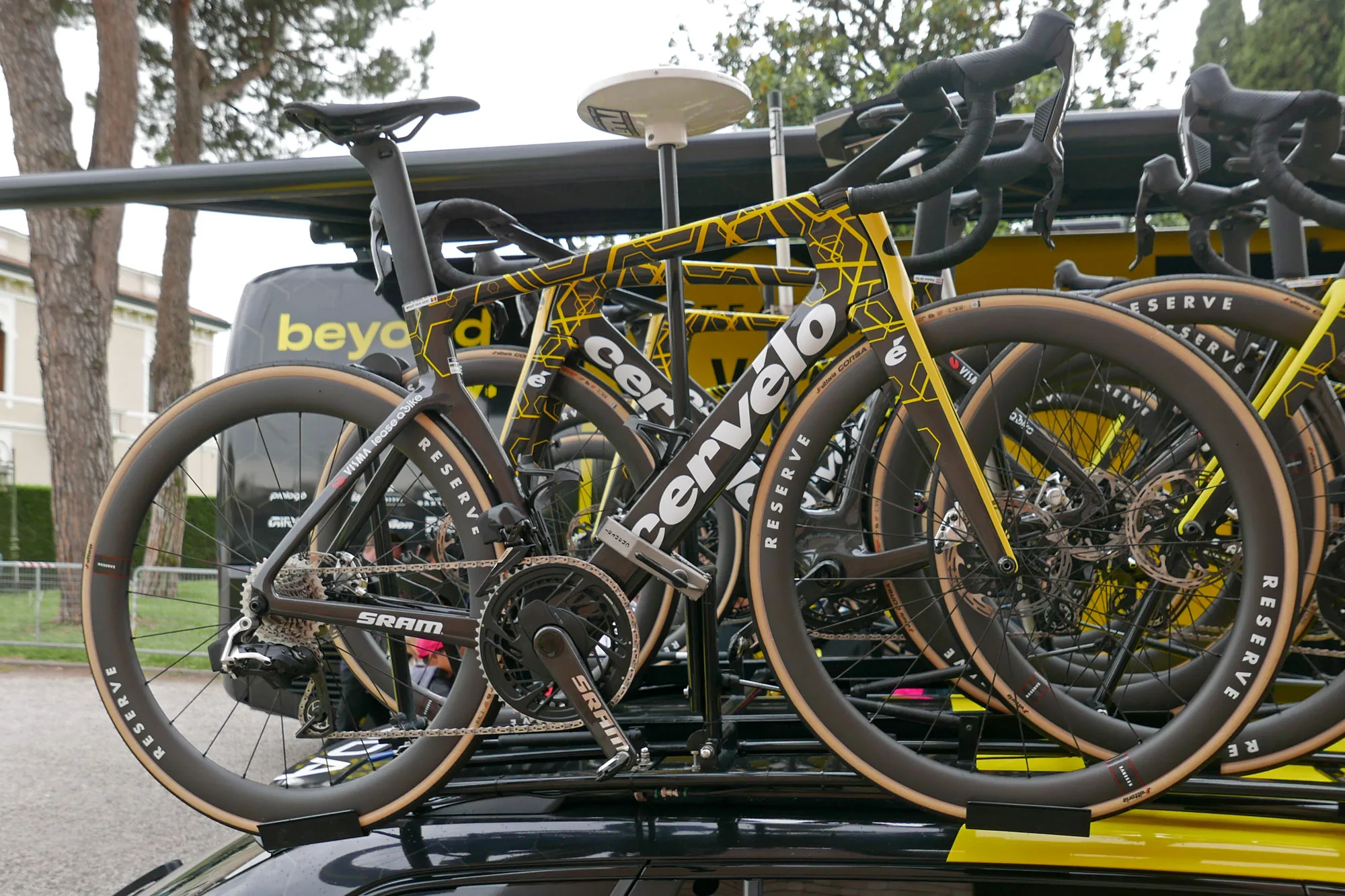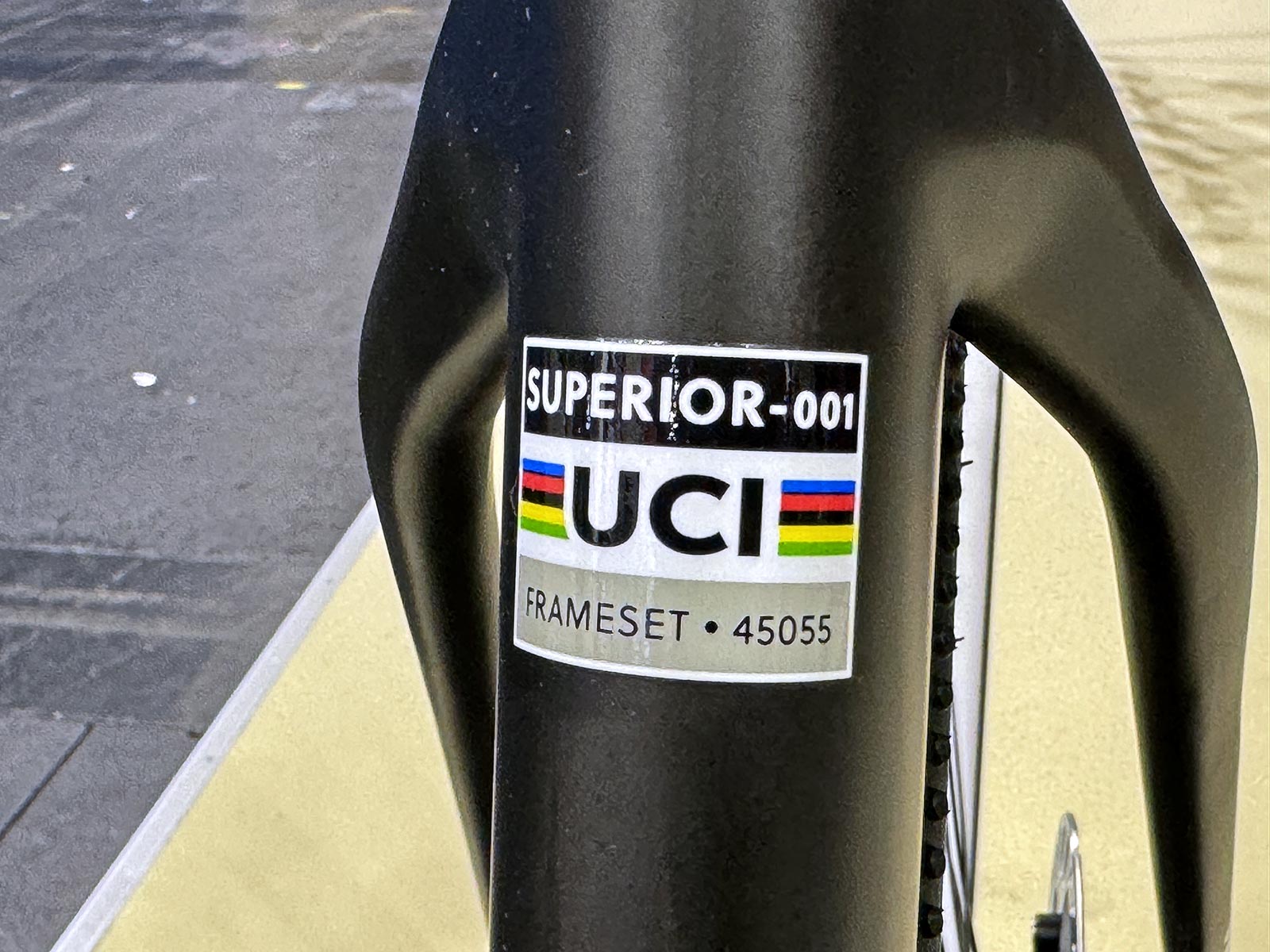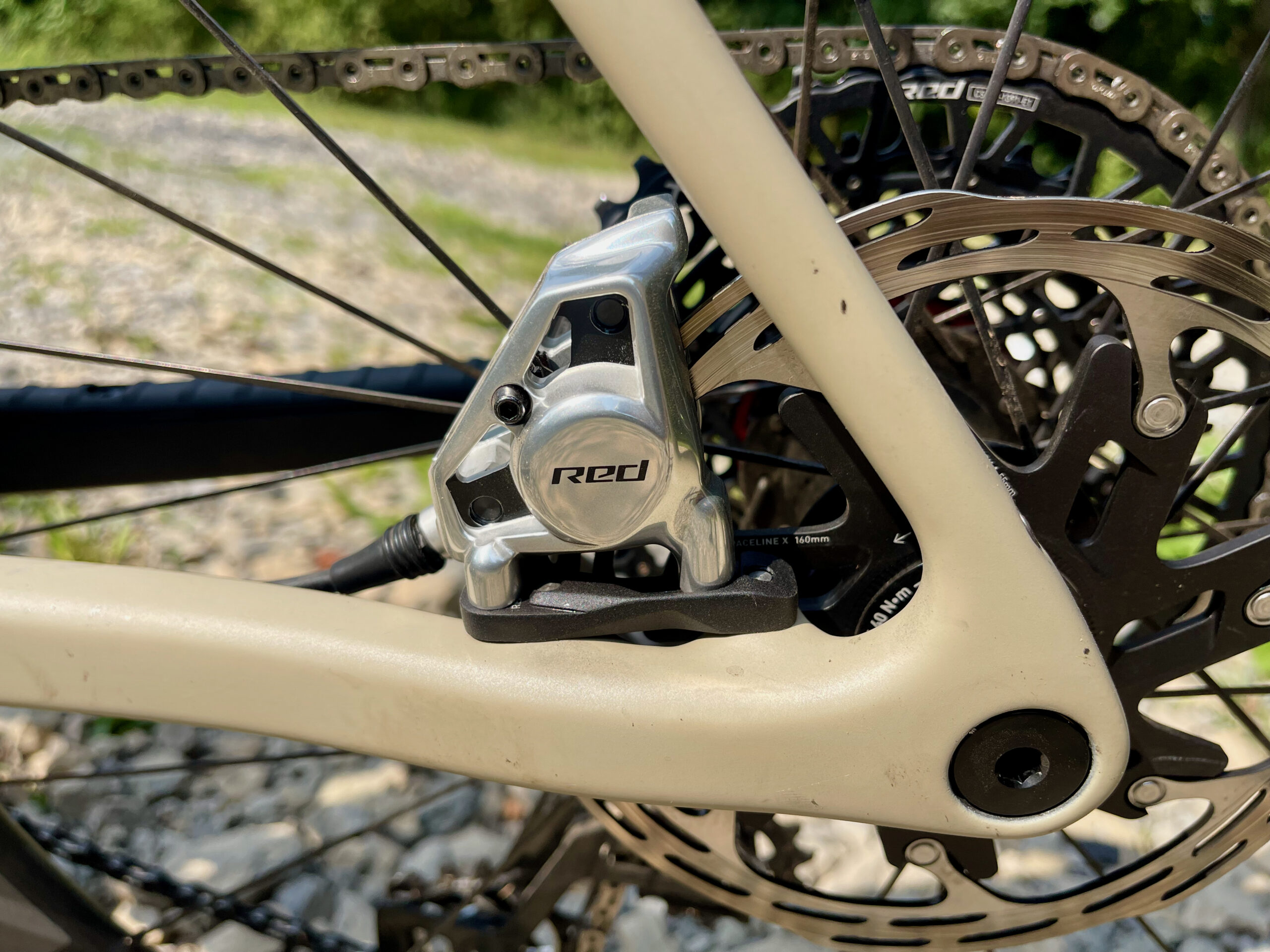The tech-regulation battle between SRAM and the UCI has escalated into one of the surprising storylines of the season. At the heart of the fight is gearing… too much gearing. The UCI’s plan is to restrict maximum gear rollout, effectively grounding SRAM’s hallmark 10-tooth cogs. What boils down to a few teeth on a cassette has quickly spiraled into legal challenges, claims of competitive harm, and a broader debate over where innovation ends and regulation begins.

SRAM Challenges the UCI
SRAM filed a complaint with the Belgian Competition Authority (BCA), arguing that the UCI’s rollout rule is anticompetitive and disproportionately punishes teams running its drivetrains. They say the regulation has already caused “tangible harm”, from forcing mechanics to disable the 10t cog on race days. For SRAM SRAM-sponsored teams, taking away the 10th cog leads to a loss of performance and pushes them back to 11-speed. Teams like Lidl-Trek, Movistar, and Visma-Lease a Bike (all on SRAM setups) would be directly impacted.

SRAM’s frustration is evident: for years, their 10-tooth innovation has been part of their identity. SRAM wide-range cassettes and aero chainring setups are a piece of their DNA. To suddenly ban its practical use limits choice and erodes the brand’s edge in both pro racing and consumer markets.

UCI Defends Decision
The UCI’s response? They’re “puzzled” by SRAM’s timing. The governing body says the rule is still in its test phase, with rollout restrictions only scheduled for trial at the Tour of Guangxi later this season. The goal, they argue, isn’t to punish a single manufacturer, but to improve safety. The UCI hopes to reduce top-end speeds, encouraging better handling, and preventing crashes as race courses get faster and more extreme.
But will gear restriction actually result in any of the above?

The UCI says that rollout caps are part of a larger safety framework developed with SafeR, and that further changes will only come after data is gathered. The UCI also raised fairness concerns, suggesting that the benefits of ultra-tall gears disproportionately favor larger riders, leaving smaller athletes and women at a disadvantage. Yet somehow, the new bar width rule is totally cool with the UCI. A rule that will undoubtedly adversely affect women and smaller riders.

Why It Matters
This fight goes way beyond cassette teeth. It’s about how far the UCI can, and should, go in dictating equipment choices in the name of safety. For SRAM, this is about protecting the credibility of their drivetrains, their pro teams, and their reputation as an innovator. And for the UCI, it’s about proving that their role as a safety arbiter outweighs the industry’s push for marginal gains.

But what about the rider? For riders, the fallout is tangible: mechanics may need to physically disable drivetrain functions, gearing strategies may shift mid-season, and some teams may feel they’re racing at a disadvantage depending on which setup they’re running. That’s not the kind of uncertainty anyone wants on the start line of a WorldTour race.

What’s Next?
The Tour of Guangxi will serve as the proving ground. How rollout restrictions play out in real race conditions will shape whether the UCI locks the rule in, adapts it, or dials it back. Meanwhile, the BCA will weigh SRAM’s legal case and determine if the rules unfairly distort competition.
No matter the outcome, the SRAM vs UCI fight underscores a bigger truth: cycling tech doesn’t evolve in a vacuum. Innovation pushes the sport forward, but regulation pulls it back toward fairness and safety. Finding that balance is messy—and right now, the 10-tooth cog is the hill on which both sides are willing to fight.

What Do We Think?
This gear grumble feels less like a pure safety measure and more like a gear bottleneck that happens to land squarely on one brand’s design choice. Yes, the UCI has a duty to keep racing safe, but it’s tough not to see this as innovation being punished because it doesn’t fit neatly into an older regulatory box. SRAM’s 10-tooth cog opened doors for cassette range and aero gains, stuff the sport has already embraced. To suddenly restrict it midstream seems shortsighted.

That said, the broader truth is that cycling is constantly walking a razor’s edge between speed and safety. Discs, tubeless, aero bars, and hookless rims; all were controversial at one point (or still are). Some stuck, some didn’t. Remember when disc brakes were slicing off arms and legs?
This latest fight over rollout may be remembered the same way: as growing pains. For now, though, it’s one more reminder that what works in the pro peloton isn’t always dictated by watts and weight; rules dictate it. And sometimes, those rules feel like the biggest limiter of all.
Follow along at uci.org
